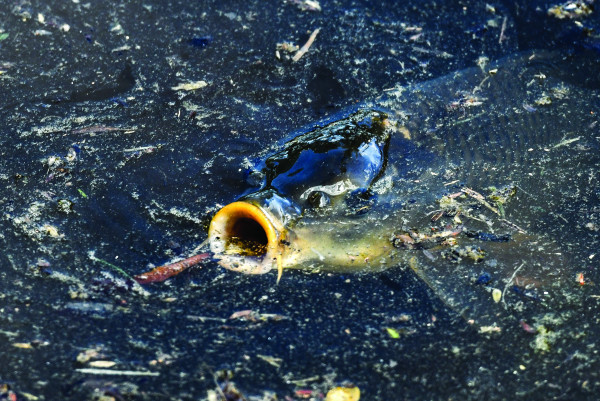THERE are renewed calls to unleash the carp herpes virus, as floodwaters create ideal spawning conditions for the pest in western NSW.
After six years of development, in 2022 the Federal Government handed down its highly anticipated National Carp Control Plan, including a report into the efficacy of the carp herpes virus.
The virus is believed to be capable of almost wiping out or at least significantly reducing the numbers of the invasive species.
It recommended further research was needed before releasing the virus into rivers.
Minister for Agriculture and Western NSW Dugald Saunders last month called on Federal Government to urgently bring forward measures to deal with an explosion of carp numbers.
Thousands of dead carp have washed up on South Australian beaches in recent weeks.
Waters from summer flooding gushed out to sea and took carp with them, but ocean salinity killed the invasive species.
Pictures from Middleton, Port Elliot and Goolwa showed piles of juvenile carp littering the shores of the popular summer destinations.
Mr Saunders asked Federal Agriculture Minister Murray Watt to set a date to release the herpes virus.
“The footage of the sheer number of carp we have seen out west is unbelievable and confronting,” Mr Saunders said.
“The massive downpours in the past few years have created the perfect breeding ground for this pest, which poses a significant risk to our native fish, our water quality and our habitats.
“Carp will have a devastating impact on our rivers for years to come, so we need to do something now to get these numbers back under control.”
The NSW Government had supported the development of the carp virus and welcomed the release of a control plan late last year.
“We want to see these final steps taken, as well as the development of an implementation plan so that the virus can be rolled out as soon as possible,” Mr Saunders said.
Charles Sturt University research scientist Ivor Stuart said carp followed the water.
“Adult carp go out (to the floodplain) to spawn, and then juveniles come off the floodplain back to the river,” Dr Stuart said.
He said not all would make it to adulthood.
“We expect, as the river returns to in-channel or regulated normal conditions, there’ll be a massive mortality event on those juvenile fish.
“In the past few flood events that I’ve seen, 2010-11 and others, we’ve seen huge mortalities of those juvenile carp, to the point where in some locations they actually just about disappear.”
Despite the prolific breeding, he said that was partly why right now was not a good time to release the virus.
“During high water conditions, there are just so many carp that the clean-up would be huge and the effects of the virus would be reduced because there’s so much area to cover,” Dr Stuart said.
“So personally I’d wait until we’d returned to normal flow conditions, then consider whether to release the carp virus in concert or in tandem with a whole lot of other techniques to control carp.”
In a statement, the Department of Agriculture, Fisheries and Forestry said no decision had been made on whether to release the virus.
“Although the NCCP report provides insights into the feasibility of the carp virus as a biocontrol agent, there remain uncertainties regarding the efficiency and effectiveness of the virus in safely removing carp from Australian waterways,” the statement said.
He said it would take several years to complete further research and reach agreement from all jurisdictions on the plan.







